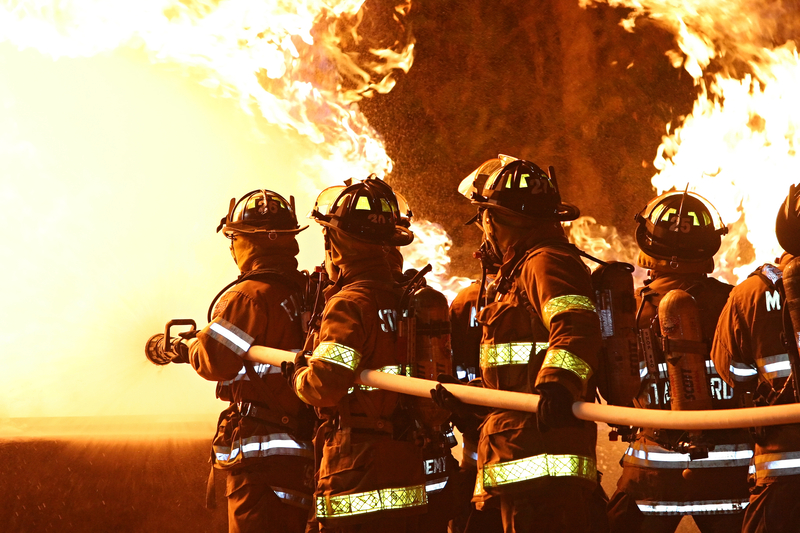Firefighting is a heroic profession that requires bravery, skill, and a commitment to saving lives and protecting property.
However, behind the scenes, firefighters face numerous dangers and risks that make their job one of the most hazardous occupations.
This article delves into the perils encountered by firefighters, shedding light on the inherent dangers they face while emphasizing the need for support, training, and safety measures to ensure their well-being.
Exposure to Intense Heat and Flames
Firefighters confront extreme temperatures and intense heat as they battle blazes.
Operating in high-temperature environments puts them at risk of thermal burns and heat-related injuries.
Flames can quickly engulf structures, leading to sudden changes in fire behavior and creating life-threatening situations for firefighters on the front line.
Structural Collapse and Instability
Firefighters often enter burning buildings to perform search and rescue operations or battle fires from inside.
However, the incredible heat generated by the fire can quickly affect the structural integrity of the building, putting the teams in extreme danger.
Falling debris, weakened floors, and collapsing walls pose significant risks to firefighters, including trapping them or causing injuries.
READ MORE: Apple and Broadcom lose appeal over billion-dollar Caltech patent case
Smoke Inhalation and Toxic Fumes
Fires produce toxic smoke and hazardous gases, exposing firefighters to significant respiratory risks. Inhaling smoke can lead to smoke inhalation injuries, including respiratory distress, carbon monoxide poisoning, and damage to the lungs.
Firefighters must wear appropriate respiratory protection to minimize exposure to harmful substances and mitigate the long-term health effects.
Limited Visibility and Disorientation
Navigating through smoke-filled environments with reduced visibility presents a constant challenge for firefighters. Thick smoke can disorient them, making it difficult to find exits or locate colleagues in emergency situations.
This lack of visibility increases the likelihood of falls, entrapment, or becoming separated from the firefighting team.
Hazardous Materials and Explosions
Fires in industrial settings or hazardous materials incidents pose additional risks to firefighters.
Chemical spills, combustible materials, or explosive substances can intensify the danger and complexity of firefighting operations.
In these situations, firefighters must have specialized training and knowledge to handle the specific hazards associated with different substances.
Physical and Mental Exhaustion
Firefighting demands physical endurance and mental resilience.
Responding to emergencies for extended periods, working in physically demanding conditions, and experiencing emotional stress can lead to fatigue and exhaustion.
This can impair decision-making abilities and increase the risk of injuries or accidents on the fire ground.
Need Career Advice? Get employment skills advice at all levels of your career
Firefighting is a profession that requires selflessness, courage, and a willingness to face extraordinary risks.
The inherent dangers of battling flames, navigating through smoke-filled environments, and confronting unstable structures make firefighting an exceptionally dangerous job.
It is crucial for fire departments and communities to prioritize firefighter safety by providing comprehensive training, advanced protective equipment, regular health screenings, and mental health support.
By recognizing the hazards and addressing them proactively, we can honour the bravery and sacrifice of firefighters while ensuring their well-being in the face of danger.




